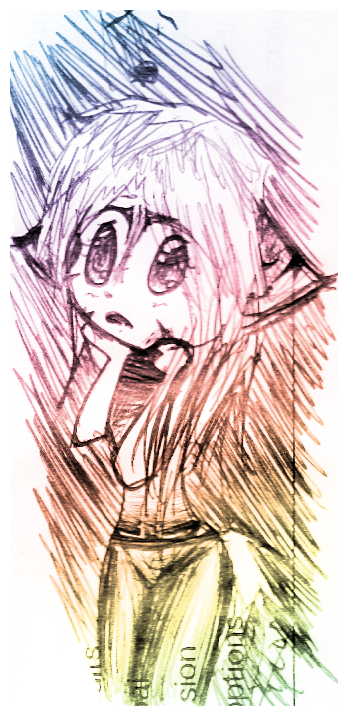My Ethnic Heritage
I remember seventeen of my life’s nineteen years as bland and uniform. However, the two years excluded from this statement make up for this lack of variation with their short-lived yet extravagant assortment of spice and color. During the aforementioned dull portion, I divided my years of living among small towns in the Midwest. With little warning, an odd turn of events in 2004 carried me directly into the previously-unimaginable diversity of another country.
All of the Midwestern towns I’ve lived in—mostly towns in Iowa, such as Avoca, Marcus, and Sioux Rapids—hold a very narrow spectrum of ethnic diversity. Most of the population descends from northern european blood. Some towns even boast of their lack of diversity. A prime example of this behavior is on the welcome sign of Albert City, Iowa; printed on said sign is the phrase “How Swede it is.” The homogenous quality of the surrounding population’s culture prevented me from experiencing more than minimal ethnic contrast. My setting kept a veil over my eyes.
From 1992 to 2004, I lived an unfalteringly sheltered existence. In August of 2004, however, my world flipped upside down. I had always been in the predominant—if not exclusive—group of the population, but an altogether different majority-minority arrangement wove its way into my consciousness.
I recall my first experience in the Marshall Islands well. My family knew about the airplane flight’s required, pre-destination stop on Majuro, the capital of the Marshall Islands. The inspection of the plane by customs officers required every passenger to exit the plane. Officers escorted us into a roofed yet open-air waiting area where we sardined together. A worn sign on the wall read, “No spitting beetle juice on the floor.” This was my first indicator of the cultural difference. My fellow flight passengers and I were the only Caucasians; I felt awkward and out of place. The plane re-boarded its passengers and continued to its destination, the South-Pacific military base of Kwajalein, my new home.
The Americans could never fully accept the Marshallese ways, but the lack of complete acceptance was mutual. The Marshallese are a very generous people; because the islands are so small, everyone has to share what they have. The Marshallese culture stated that if one person needed something that another person had, the first person could borrow it without asking. Americans saw this as stealing, and had to explain to the Marshallese several times that these customs were not allowed on Kwajalein because the island was a United States military base that abided by United States laws.
The Marshallese refer to the Americans as “Rebeles”. When the Americans first heard this phrase directed toward them, they thought it meant ‘white skinned’ or another phrase to point out our differences in appearance because Americans think of people that way. In Marshallese, the name actually means “People with a lot of stuff.” The Marshallese, as stated, would share all of their possessions; no one owned anything personally. The Americans, though, would bring with them to the island large crates on barges containing all of their ‘stuff’ that they would simply live with but not share.
My mother experienced a large cultural shock early in our time there. She went to the convenience store and, while there, complimented the cashier on her necklace. The cashier immediately took the necklace off and handed it to my dumbfounded mother. Embarrassed at her mistake, my mother avoided the convenience store for the next week. The next time the cashier saw my mother walking nearby, however, the cashier ran out to her and gave her the rest of the necklace’s matching set of ear-rings, a ring, and a bracelet. It is Marshallese custom to give someone an item if the person compliments it. The cashier would not accept payment, claiming the jewelry was a gift; my mother has kept the jewelry safe to this day as a reminder of the admirable custom.
The island wasn’t only Caucasians and Marshallese; there was a somewhat large Filipino population as well. I had three close friends on the island, Ali, Mishy, and Coleen. Ali was Caucasian like me, and Mishy and Coleen were half-Filipino. Often, my friends and I would go to a Filipino party. The parties served food from the Philippines, as well as hosting Filipino music and dancing. At the parties, I often received odd looks for my willingness to try new foods. Perhaps it was my previous lack of ethnic diversity that made me so eager to try these different experiences.
In June of 2006, I returned to the Midwestern United States. Once again, my surroundings offered little diversity, but my veil had long since vanished. I knew how it felt to be a minority. The different cultures on Kwajalein left an imprint on my mind never to be forgotten.


No comments:
Post a Comment